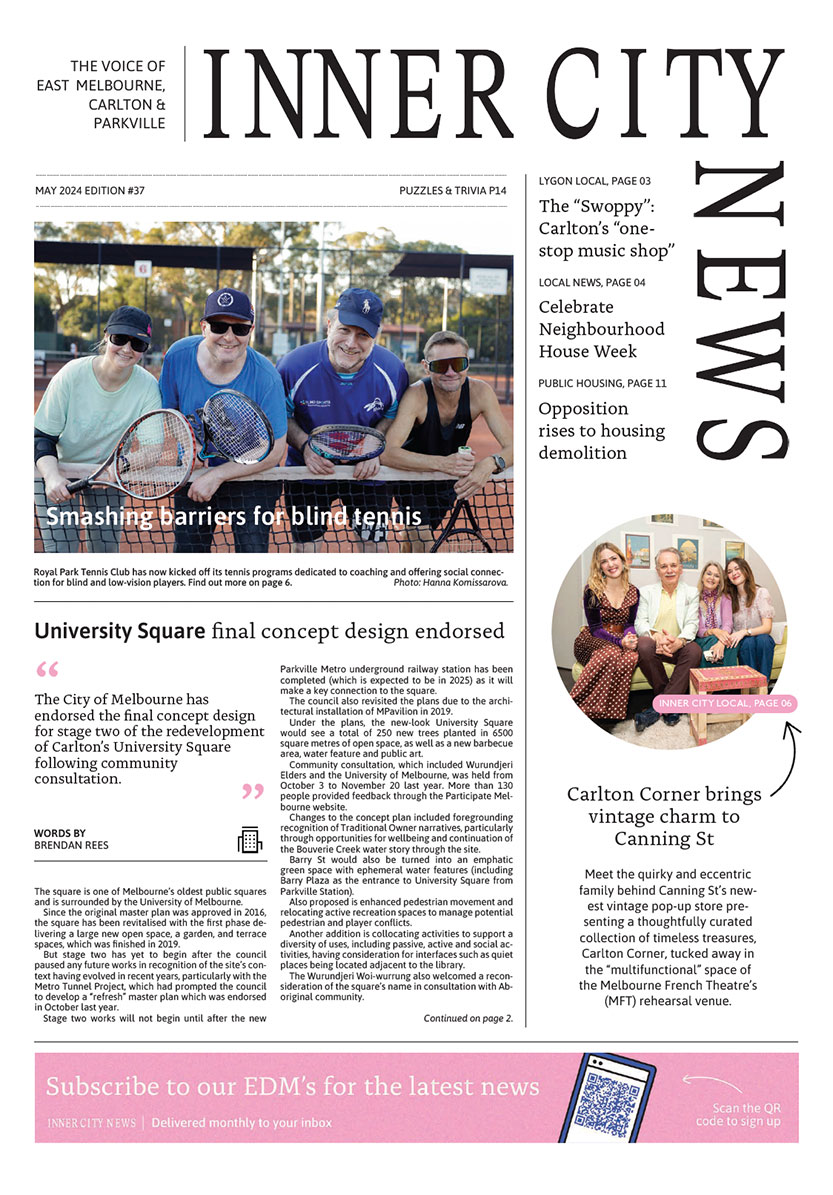Sitting is the new smoking
Test: sit up tall while reading this article.
In our pursuit of a healthy lifestyle, we often prioritise exercise and diet. However, emerging research uncovers a surprising truth: even dedicated exercisers are not fully offsetting the detrimental consequences of prolonged sitting.
We lead sedentary lives. Modern comforts and electronic entertainment have stripped away the everyday movement that we once took for granted.
If you’re Generation X, we will be the first generation to spend our entire adult lives sitting behind desks and screens. Similar to how it took time for the dangers of smoking to become widely known, it will take a generation for the research on prolonged sitting to have a significant impact on our understanding of longevity and health.
The more we sit, the more our muscle strength, energy levels, muscle mass quantity and quality, and metabolic function decline. Over time, excessive sitting leads to progressive muscle loss. Consequently, we lose mobility, balance, coordination, and independence, ultimately becoming frail.
On average, we spend more than half of our waking hours sitting each day—a staggering amount.
Sitting has the opposite effect on our bodies compared to movement, just as movement differs from exercise.
Movement is vital for maintaining a well-tuned and responsive body. Without it, we become sluggish, stiff, and immobile. Simple everyday movement forms the foundation of health, keeping us resilient and feeling good. It’s important to note that everyday movement is distinct from structured workouts at the gym.
Health refers to how we feel and function, typically characterised by the absence of disease. Fitness, on the other hand, pertains to our physical capabilities.
Paying attention to the fundamentals is crucial for maintaining good health and resilience.
The lack of movement leads to reduced mobility, neck or back pain, hunched posture, muscle and bone weakness, decreased flexibility, and joint discomfort – does any of this sound familiar?
Preserving mobility and muscle is the single most important aspect of successful aging.
While the signs of aging may not be evident at 30 when our peak development ends, they become undeniable as years and decades pass. However, the pace at which we age largely depends on our lifestyle choices, which directly impact our health. Lifestyle encompasses various factors like diet, quality of sleep, stress management, and resilience. A sedentary lifestyle, lacking movement, poses one of the greatest risks to healthy aging.
Next month, I will delve into what I personally do with my clients to promote frequent movement and counteract the effects of sitting on the body and mind.
So, are you still sitting up tall? •

Carlton Corner brings vintage charm to Canning St





 Download the Latest Edition
Download the Latest Edition